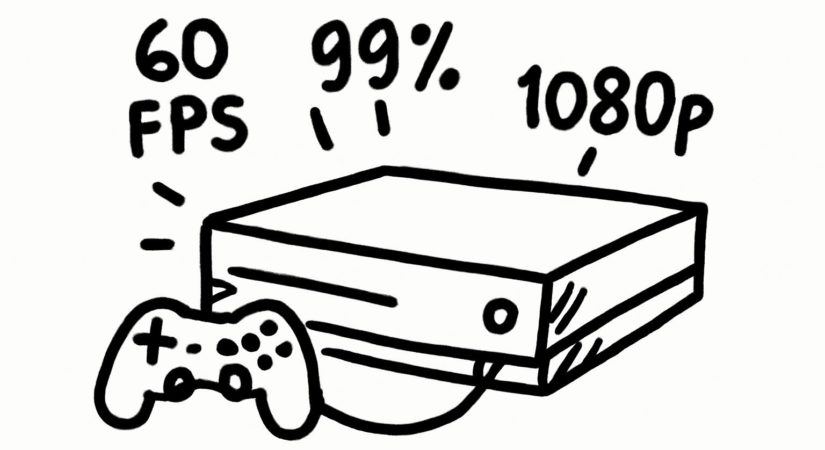Digital Foundry has released its technical review of Cyberpunk 2077: Ultimate Edition on the Switch 2, evaluating both the main story and the Phantom Liberty expansion on Nintendo’s latest console.
Notably, the inclusion of the Phantom Liberty expansion is impressive since CD Projekt Red previously skipped PS4 and Xbox One versions, targeting more powerful current-generation hardware. Running this content on the Switch 2 presents the most significant hardware challenges.
The game offers four visual modes: 30fps quality and 40fps performance, each also available in handheld mode. The resolution ranges for each mode are:
- Handheld Performance: 640×360 to 1280×720
- Handheld Quality: 800×450 to 1440×810
- Docked Performance: 960×540 to 1920×1080
- Docked Quality: 1280×720 to 1920×1080
DLSS is used to enhance image clarity, though fast-paced action can cause occasional blurriness and temporal noise. Visual quality remains largely consistent between docked and handheld modes aside from resolution differences.
Texture quality on Switch 2 matches that of the PS5, surpassing Xbox Series X and PS4 in some areas. While many textures are consistent across platforms, where differences exist, Switch 2 performs notably well. DLSS significantly improves image sharpness compared to the PS4.
However, pedestrian and vehicle density is closer to PS4 levels, resulting in less crowded streets in Night City on Switch 2. This trade-off helps maintain frame rate stability. Shadow quality indoors exceeds that of the PS4, but outdoor shadows from sunlight are slightly inferior.
The Switch 2 generally maintains 30fps in quality mode during the main story. In the Phantom Liberty expansion, frame rates can drop to 20-25fps due to more complex environments.
The 40fps performance mode delivers smoother gameplay indoors, mostly holding around 40fps, but outdoor scenes and intense combat can reduce frame rates to 30fps or below.
Handheld performance is estimated to be similar to docked, though full testing was limited. Variable refresh rate (VRR) support improves smoothness in portable play, but frame drops below 30fps are more noticeable when handheld.
